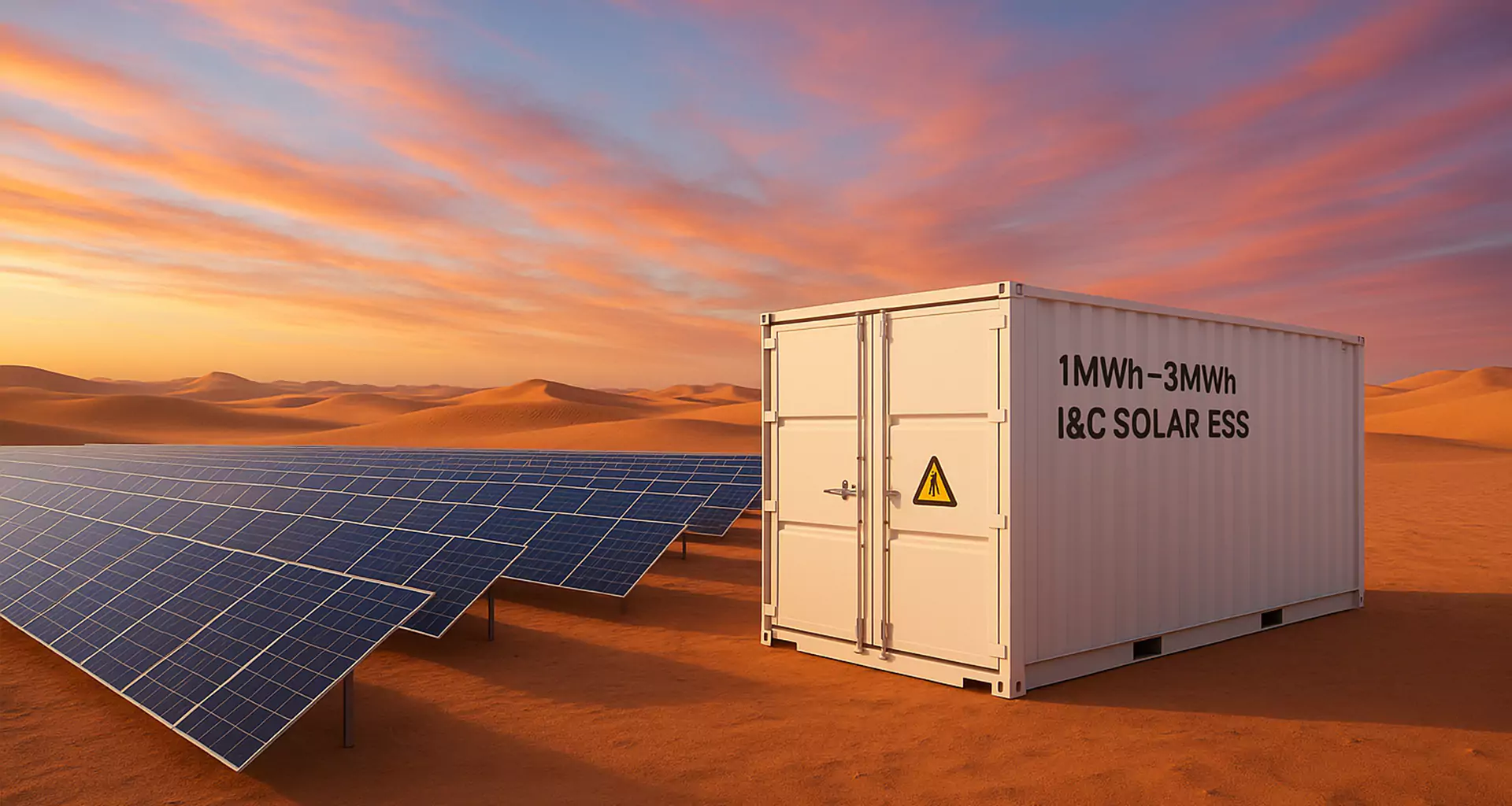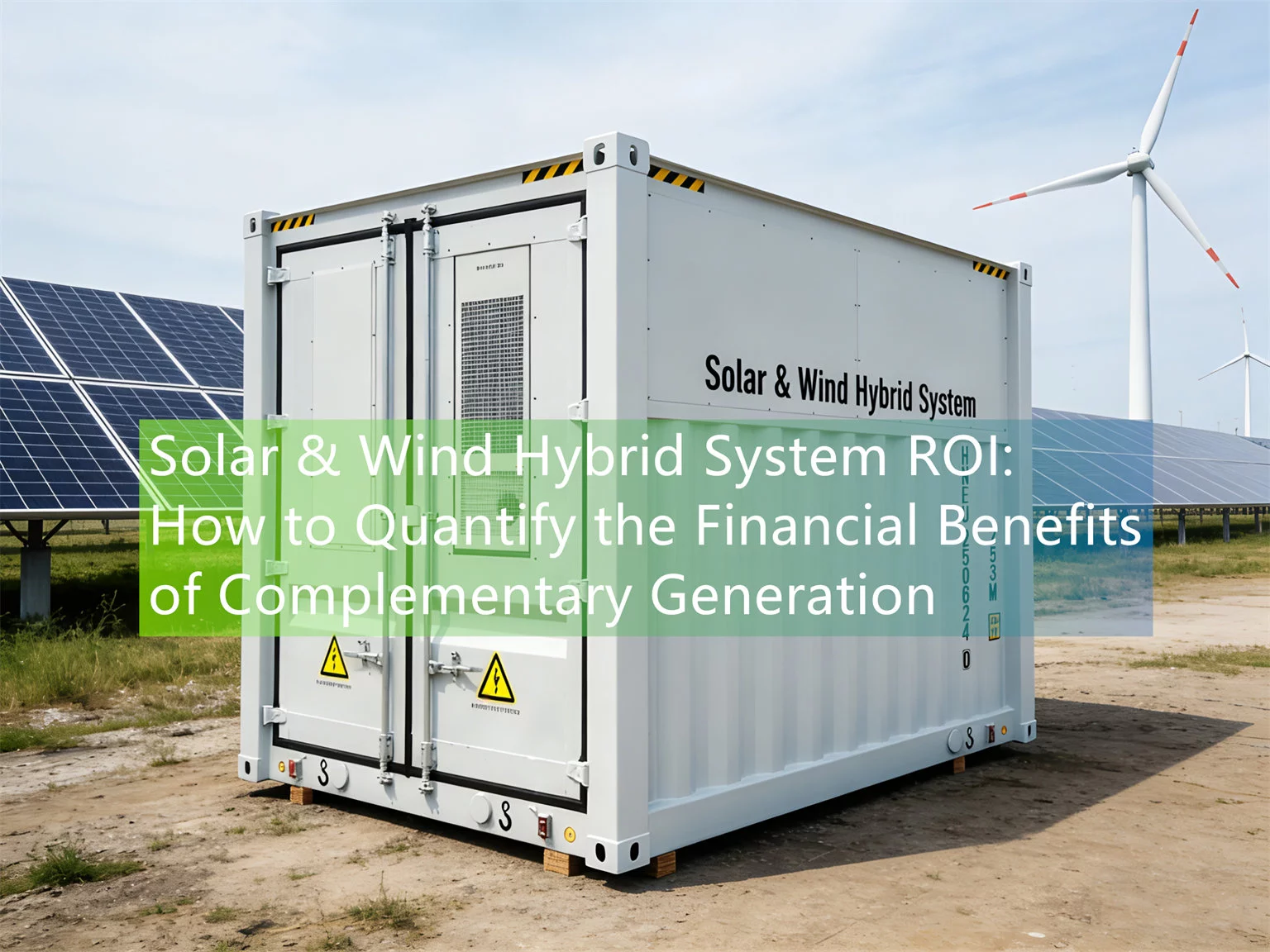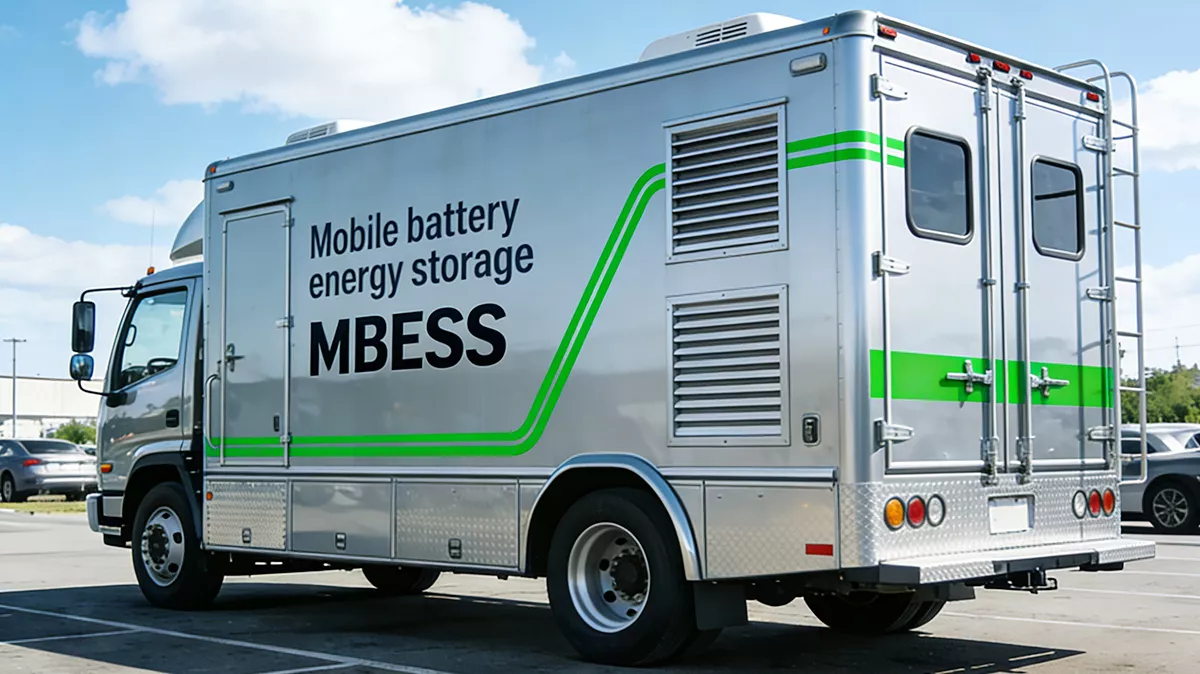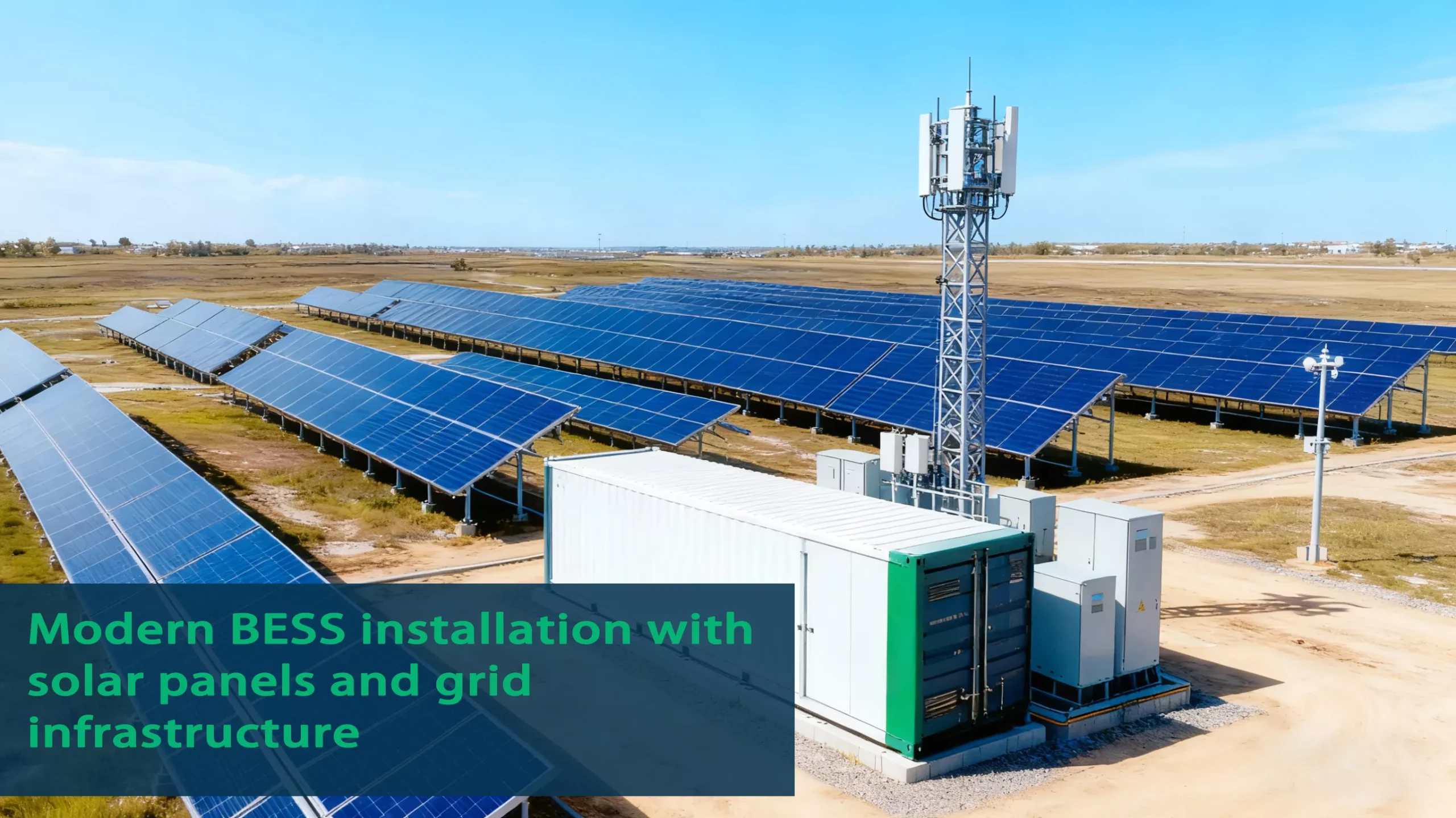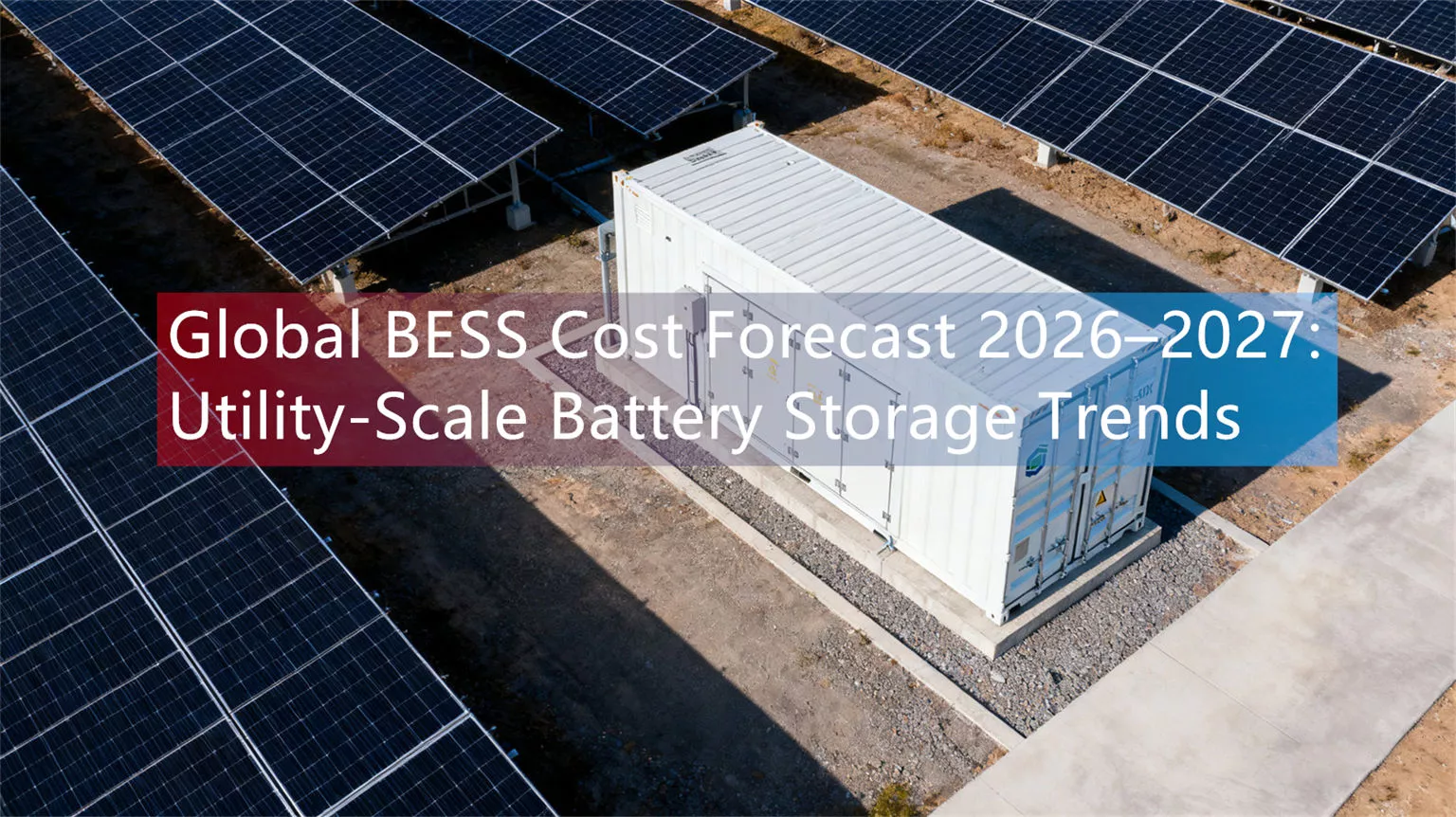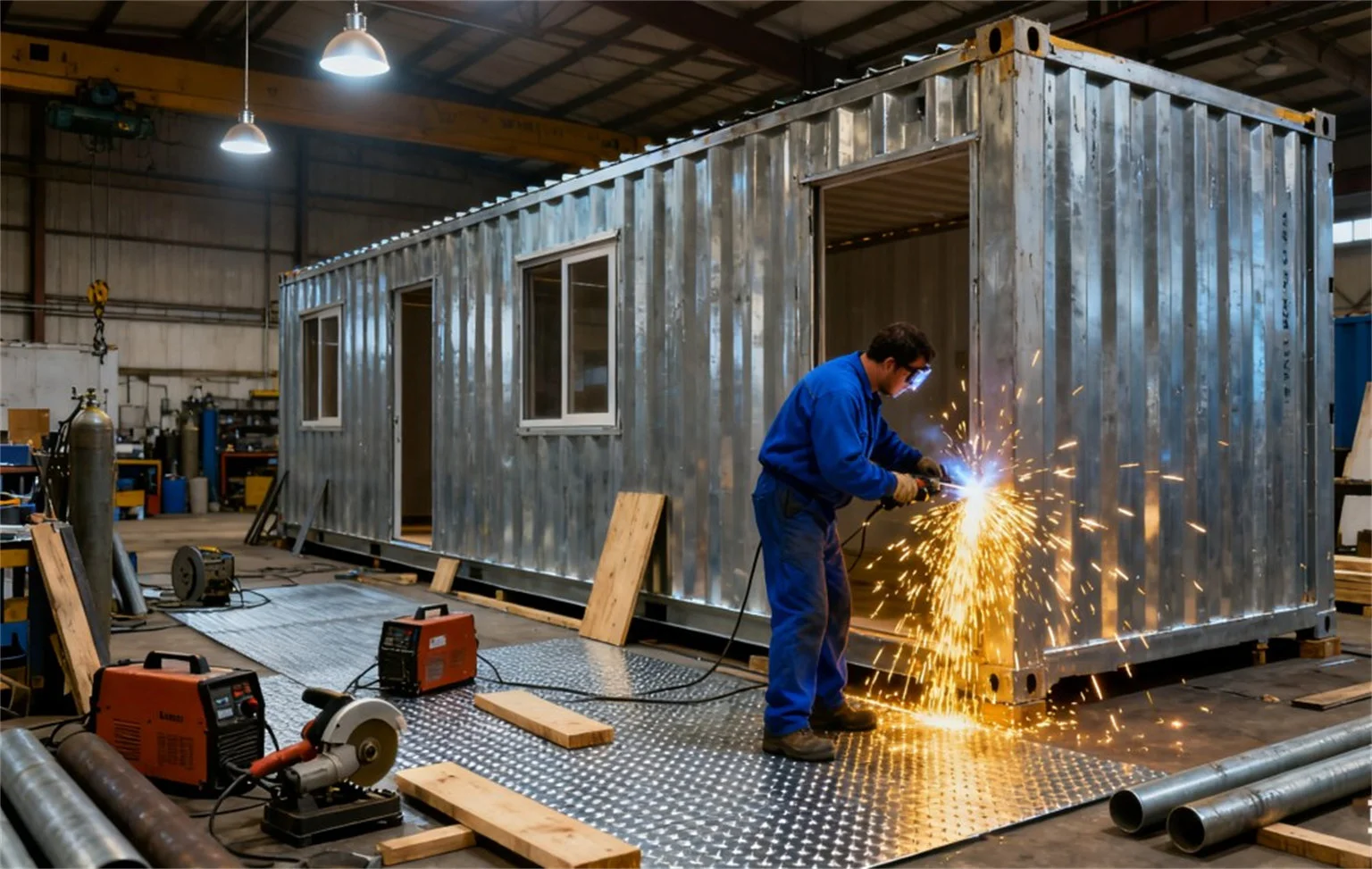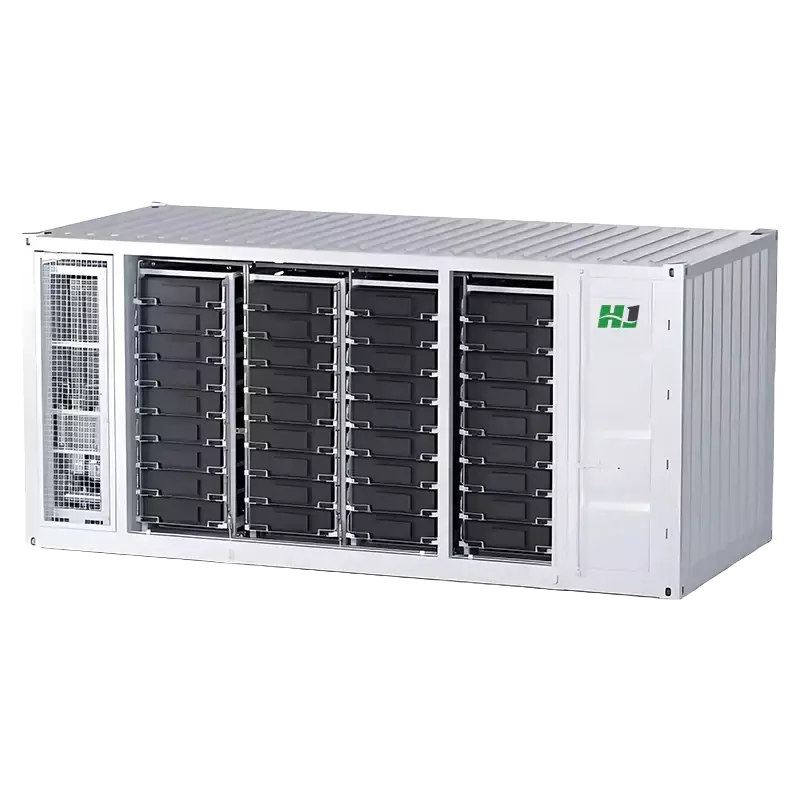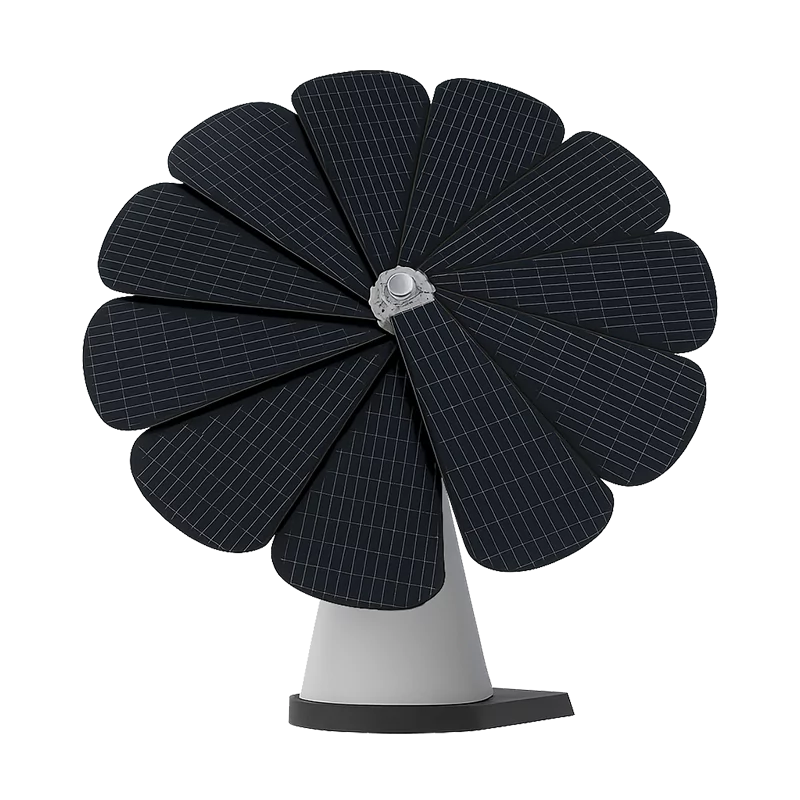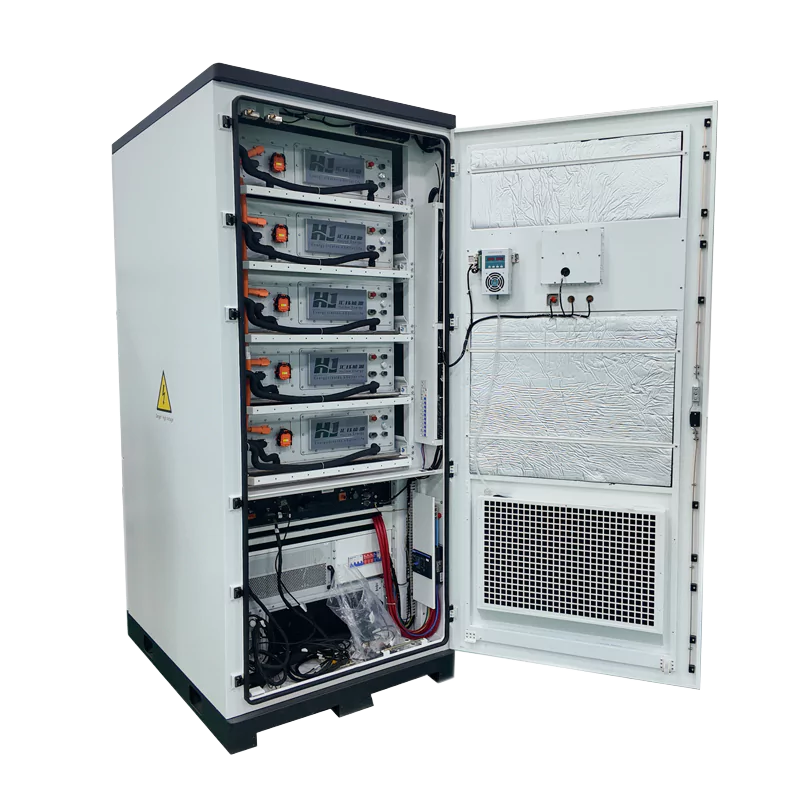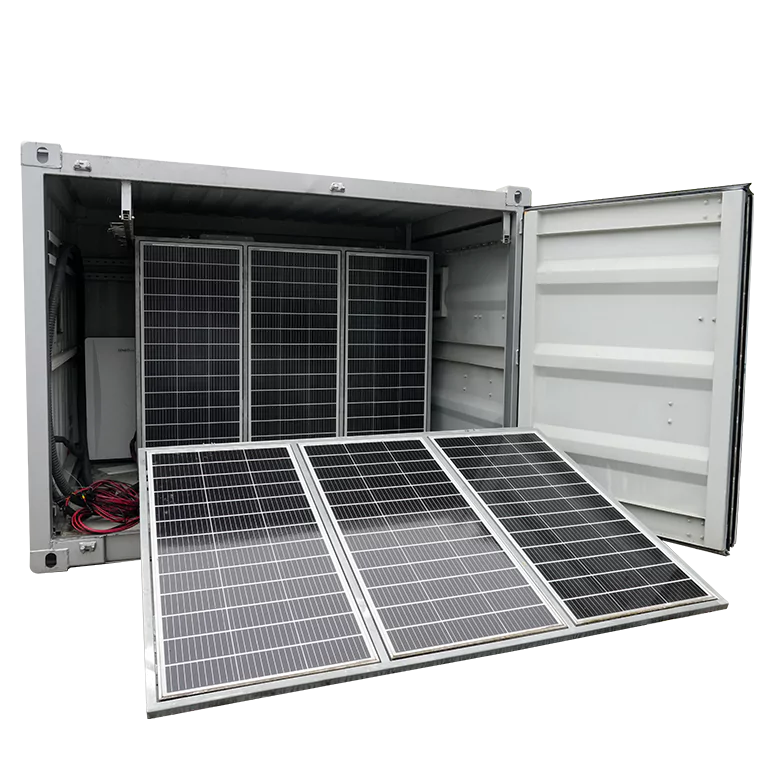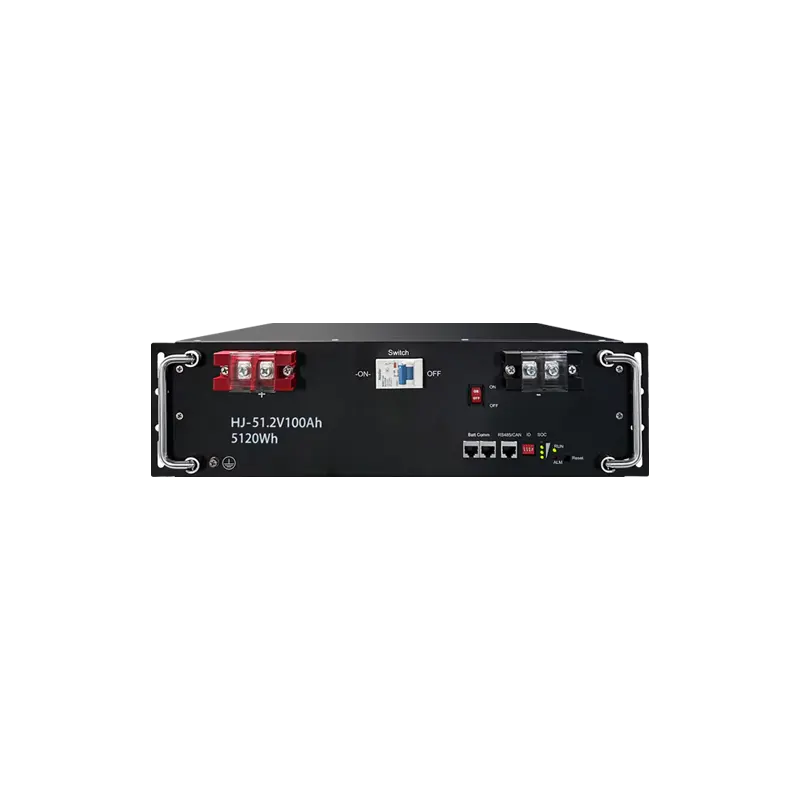2025 Polish Home Battery Costs: Installation, Grants, and Real Savings
Thinking about adding battery storage to your Polish home? With electricity prices still climbing, it’s no wonder more homeowners are looking to take control of their energy. This isn’t just about being green—it’s about being smart with your money. Let’s cut through the complexity and break down what you’ll actually pay for a home battery system in Poland in 2025, how the grants work, and what kind of return you can really expect.

What’s Driving the Polish Home Battery Boom?
Poland isn’t just adopting home energy storage; it’s racing toward it. Why? Three big reasons:
- Security: Nobody likes blackouts. A battery keeps the lights on and the fridge humming during grid outages.
- Savings: Grid electricity is expensive and unpredictable. Using your own solar power at night slashes your bill.
- Support: Government subsidies are making the initial investment much easier to swallow.
This unique mix of desires means Polish households aren’t just looking for the cheapest battery. They’re looking for a reliable partner for their home.
The Real Cost: Equipment and Installation in 2025
Forget vague quotes. Here’s what a typical system costs, from the hardware to the professional who bolts it to your wall.
What You’ll Actually Pay (2025 Estimates)
| System Size (Useable Energy) | Battery Unit Cost (PLN) | Installation & Other Costs (PLN) | Total Price (Before Grant) | Price After “Mój Prąd” Grant (PLN) |
|---|---|---|---|---|
| 5 kWh (Apartment/Small Home) | 18,000 – 25,000 | 3,000 – 5,000 | 21,000 – 30,000 | 17,500 – 26,000 |
| 10 kWh (Standard Family Home) | 30,000 – 42,000 | 3,500 – 6,000 | 33,500 – 48,000 | 27,500 – 40,000 |
| 15 kWh (Large Home/High Usage) | 42,000 – 58,000 | 4,000 – 7,000 | 46,000 – 65,000 | 38,000 – 54,000 |
What affects the installation cost? It’s not just the box. The final bill depends on your existing wiring, the type of inverter you have, and how easy it is for the installer to get the system in place.

Picking the Right Battery: It’s About More Than Price
A battery is a long-term investment. The cheapest option can be the most expensive if it fails early or doesn’t work with your system.
Key things to watch for:
- Does it talk to your inverter? This is the most important question. Your battery and inverter need to communicate perfectly. Brands often have preferred partners. For example, ensuring compatibility is key, and systems like Highjoule’s hybrid inverters are designed to work with a wide range of quality batteries, giving you more choice. You can see what fits your home on our solar inverters page.
- Chemistry: LiFePO4 (Lithium Iron Phosphate) is the standard for a reason—it’s safe and lasts for thousands of charges.
- Warranty: Look for a 10-year warranty that guarantees both a period of time and a minimum amount of energy the battery can still hold at the end.
How the “Mój Prąd” Grant Boosts Your ROI
This is the game-changer. The current “Mój Prąd” (My Electricity) program can knock up to 16,000 PLN off your total system cost. Let’s see how that works in a real-life example.
A Realistic Example: A Family in Warsaw
- Location: A detached house in the suburbs of Warsaw.
- Their System: A 10 kWp solar array paired with a 10 kWh battery.
- Total Cost: 44,000 PLN
- Grant Received: 16,000 PLN
- Their Final Cost: 28,000 PLN
- Yearly Savings: Their system saves them about 5,200 kWh of grid electricity. At 1.30 PLN/kWh, that’s 6,760 PLN per year.
- Payback Time: Their investment pays for itself in just over 4 years. After that, it’s pure savings for the next decade-plus.
Your Top Questions, Answered

Q1: What’s the going rate per kWh for a battery?
A: For the unit itself, expect to pay between 3,000 and 4,200 PLN for each kWh of usable storage. This price is slowly but steadily coming down.
Q2: Is the grant application a nightmare?
A: It’s a paperwork exercise, but it’s manageable. A good installer is worth their weight in gold here—they’ll handle most of the process and tell you exactly what documents you need to provide for the NFOŚiGW.
Q3: How long until I need to replace it?
A: A quality battery should have a warranty for 10 years or 10,000 cycles. With good care, it will likely last even longer, though it might hold a little less charge in its old age.
Q4: I already have solar panels. Can I still add a battery?
A: Absolutely. This is a very common upgrade called an AC-coupled system. An installer can easily add a battery to most existing solar setups.
The Bottom Line
For many Polish households, a home battery in 2025 is a solid financial decision, not just an environmental one. With the grant reducing the upfront hurdle and energy prices staying high, the math finally makes sense.
Your goal isn’t to find the absolute cheapest battery. It’s to find the right value—a reliable system from a brand that will be around to honor its warranty, installed by a professional who will get it right the first time.
Ready to see what that looks like for your home? Check out our solar inverter solutions to find a compatible and reliable system for your needs.
Find Your Solar + Battery Storage Specialist Now!
* Fill out this form and our experts will help you find the perfect solar storage solution for your home or business.


